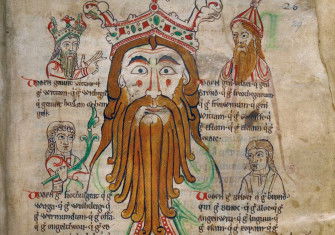The Invention of Chinese
Believing language would unify their struggling nation, Chinese officials began a project to create a national language and define what it meant to speak Chinese.

The Chinese language is deceptively difficult to define. To speak ‘Chinese’ today usually means Mandarin, the national language of the People’s Republic of China (PRC) and Taiwan. Called Putonghua, or the ‘common language’, in China, or Guoyu, the ‘national language’, in Taiwan, Mandarin is what citizens of Taiwan and the PRC learn in schools and hear on TV and in films and from their political leaders. It is taught in Chinese-language programmes around the world and represents ‘China’ at the UN or WHO.







